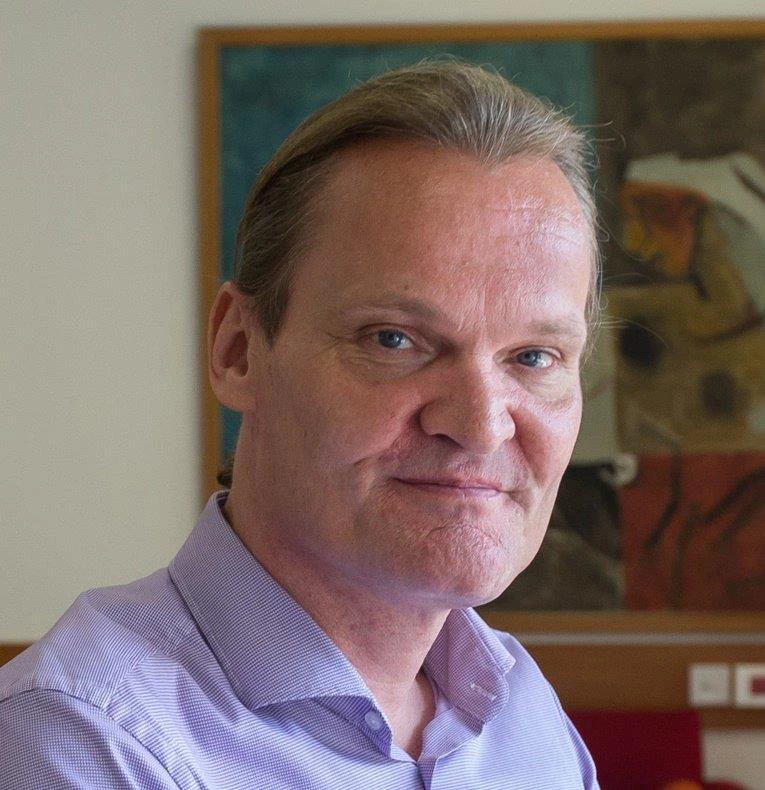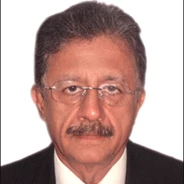During the last three years, the Development Marketplace program (call it DM 2.0) has been testing a new approach in nine of India’s low income states representing a population of more than 380 million of the world’s poorest. Based on the most difficult development challenges identified by governments and country teams, the new DM leverages the joint resources of the International Finance Corporation (IFC) and World Bank (IBRD) ‘to surface innovations’ in service delivery by non-state actors. The goal is to identify scalable models that improve basic services to the poor in Bihar, Odisha and Rajasthan (2011), Madhya Pradesh, Jharkhand and Chhattisgarh (2013), and now in Assam, Meghalaya, and Mizoram (2014).
In many states, government providers of basic services lack the capacity to deliver high quality, timely and cost-effective services to ‘last mile’ clients. A purposive DM competition in 2013 surfaced a range of development solutions with potential to adapt to local environments and scale-up in low -income states. In these areas, inclusive businesses and not-for profit non-state enterprises complement the state’s capacity to reach the most vulnerable people, effectively and efficiently.
Crowdsourcing Innovations in Delivery
Early results are encouraging. What we’re seeing in India are a range of models that show promise for adaptation in similar environments (i.e. Sub-Saharan Africa and other parts of South Asia). We’re also finding competitions are a very efficient way to crowd-source innovations around intractable development challenges. Although several of the delivery innovations are small, many lend themselves to expansion either through organic growth, replication or adaptation and can benefit from the ‘spotlight and megaphone’ of the World Banks’s finance, knowledge, and convening power to scale-up.
Understanding and Adapting What Works
In recent years, the DM has shifted from exclusively supporting individual social enterprises to focusing on enabling ‘ecosystems’ for non-state providers of basic services. This requires building an evidence base of what models work, under what conditions and what specific constraints inhibit the growth of successful innovations in a given geography and across sectors. This requires the Bank and IFC to be more deliberate in understanding the role of multiple actors in basic service delivery including government, the private sector, and civil society. Attention must also be paid to implementation challenges and building staff, client, and partner capacity to adapt innovations to a particular local context. This presents the opportunity for the Bank group to build coalitions with like-minded partners across ‘problem areas’ to identify approaches that work and scale.
In the case of Waterlife, a social enterprise providing clean water to Base of the Pyramid (BoP) clients, support from the 2013 DM translated into expanding ‘water ATMS’ into low-income states at a price point affordable to poor consumers and with significant health impacts. The state government of Jharkhand is now considering how to replicate and scale-up this low-cost water delivery model working through a World Bank loan. Other models include i-Merit which is training rural women with IT skills that has in many cases nearly tripled their incomes and Alternative for India Development (AID) that provides financial services like savings, insurance, and credit to poor women in urban slums and remote areas.
Creating Pathways to Scale
India and the new DM model provide rich opportunities to identity, study, and adapt a variety of last mile delivery innovations addressing our biggest development challenges. Working with a variety of partners, public and private, and understanding the conditions that allow successful models to adapt and grow, there is an opportunity to scale-up and support innovations ‘that work’. Social innovations like microfinance, mobile payments and conditional cash transfers have positively impacted the lives of millions of people globally. What would it take to identify innovations like these faster, more often and with the full might of public and private partners? That is the challenge before us.
In many states, government providers of basic services lack the capacity to deliver high quality, timely and cost-effective services to ‘last mile’ clients. A purposive DM competition in 2013 surfaced a range of development solutions with potential to adapt to local environments and scale-up in low -income states. In these areas, inclusive businesses and not-for profit non-state enterprises complement the state’s capacity to reach the most vulnerable people, effectively and efficiently.
Crowdsourcing Innovations in Delivery
Early results are encouraging. What we’re seeing in India are a range of models that show promise for adaptation in similar environments (i.e. Sub-Saharan Africa and other parts of South Asia). We’re also finding competitions are a very efficient way to crowd-source innovations around intractable development challenges. Although several of the delivery innovations are small, many lend themselves to expansion either through organic growth, replication or adaptation and can benefit from the ‘spotlight and megaphone’ of the World Banks’s finance, knowledge, and convening power to scale-up.
Understanding and Adapting What Works
In recent years, the DM has shifted from exclusively supporting individual social enterprises to focusing on enabling ‘ecosystems’ for non-state providers of basic services. This requires building an evidence base of what models work, under what conditions and what specific constraints inhibit the growth of successful innovations in a given geography and across sectors. This requires the Bank and IFC to be more deliberate in understanding the role of multiple actors in basic service delivery including government, the private sector, and civil society. Attention must also be paid to implementation challenges and building staff, client, and partner capacity to adapt innovations to a particular local context. This presents the opportunity for the Bank group to build coalitions with like-minded partners across ‘problem areas’ to identify approaches that work and scale.
In the case of Waterlife, a social enterprise providing clean water to Base of the Pyramid (BoP) clients, support from the 2013 DM translated into expanding ‘water ATMS’ into low-income states at a price point affordable to poor consumers and with significant health impacts. The state government of Jharkhand is now considering how to replicate and scale-up this low-cost water delivery model working through a World Bank loan. Other models include i-Merit which is training rural women with IT skills that has in many cases nearly tripled their incomes and Alternative for India Development (AID) that provides financial services like savings, insurance, and credit to poor women in urban slums and remote areas.
Creating Pathways to Scale
India and the new DM model provide rich opportunities to identity, study, and adapt a variety of last mile delivery innovations addressing our biggest development challenges. Working with a variety of partners, public and private, and understanding the conditions that allow successful models to adapt and grow, there is an opportunity to scale-up and support innovations ‘that work’. Social innovations like microfinance, mobile payments and conditional cash transfers have positively impacted the lives of millions of people globally. What would it take to identify innovations like these faster, more often and with the full might of public and private partners? That is the challenge before us.




Join the Conversation